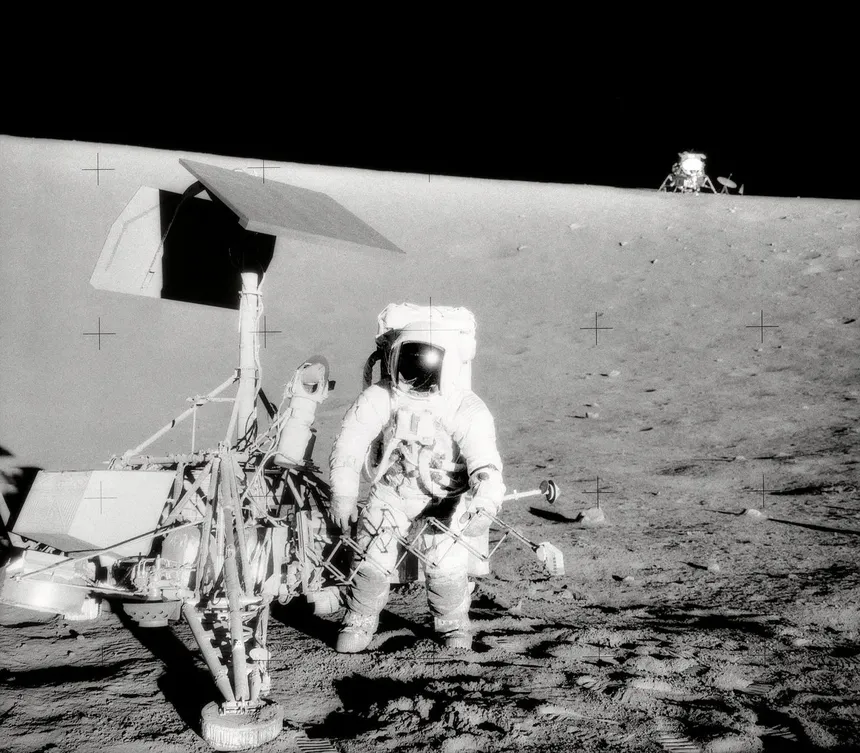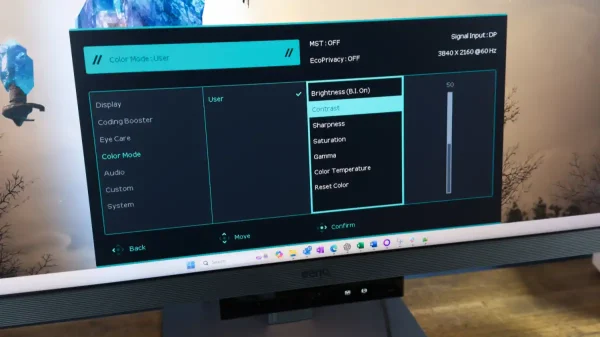NASA has announced plans to send humans back to the moon for the first time in over 50 years, with a major focus on the south pole region where water is thought to be available. The plan is to have astronauts stay on the moon for weeks at a time, exploring the surrounding area, and for that, they need a new moon buggy. NASA has selected three companies, Intuitive Machines, Lunar Outpost, and Venturi Astrolab, to develop a lunar terrain vehicle (LTV) that can carry astronauts from their landing site across the moon’s surface, allowing them to range further and reach more areas of interest.
The LTV will need to handle the extreme cold at the lunar south pole, as well as environmental challenges like the fine, dusty material called regolith, which the moon is covered in. The moon’s surface has many craters and rocks, so any vehicle hoping to traverse it will need to be able to handle slopes and slippery conditions. The hope is that a suitable vehicle can be developed for use in the Artemis V mission and beyond in the 2030s.
NASA’s plans for the moon are ambitious, and the agency is looking for a vehicle that can carry out long-term missions. The LTV will be designed to serve as a science platform between crewed missions, allowing astronauts to conduct scientific experiments and make new discoveries. The vehicle will also need to be able to withstand the harsh environment of the moon, including extreme temperatures and harsh lighting.
Intuitive Machines, one of the companies selected by NASA, has already shown its capabilities with the historic landing of its Odysseus craft on the moon earlier this year. The company, along with Astrolab and Lunar Outpost, has submitted concepts to NASA for the LTV, which will now be studied over the next year. NASA believes that the LTV will greatly increase the astronauts’ ability to explore and conduct science on the lunar surface, and will be a crucial part of the Artemis program.

NASA Plans for Long-Term Moon Exploration and Stay on Lunar Surface.
The Artemis program is a major undertaking for NASA, with the goal of returning humans to the moon by 2024. The program is centered around the development of the Space Launch System (SLS) rocket and the Orion spacecraft, which will carry astronauts to the moon. The LTV will play a key role in the Artemis program, allowing astronauts to explore the moon’s surface and conduct scientific research.
NASA’s plans for the moon are not just about exploration, but also about establishing a permanent human presence on the lunar surface. The agency believes that the moon can serve as a stepping stone for further space exploration, and that the development of the LTV will be a crucial step in that process. The LTV will be designed to be flexible and adaptable, allowing it to be used for a variety of missions and applications.
NASA’s plans for the moon are ambitious and exciting, with the goal of sending humans back to the moon and establishing a permanent human presence on the lunar surface. The development of the LTV is a crucial part of the Artemis program, and will allow astronauts to explore the moon’s surface and conduct scientific research. NASA believes that the LTV will greatly increase the astronauts’ ability to explore and conduct science on the lunar surface, and will be a major step forward in the agency’s plans for the moon.








































